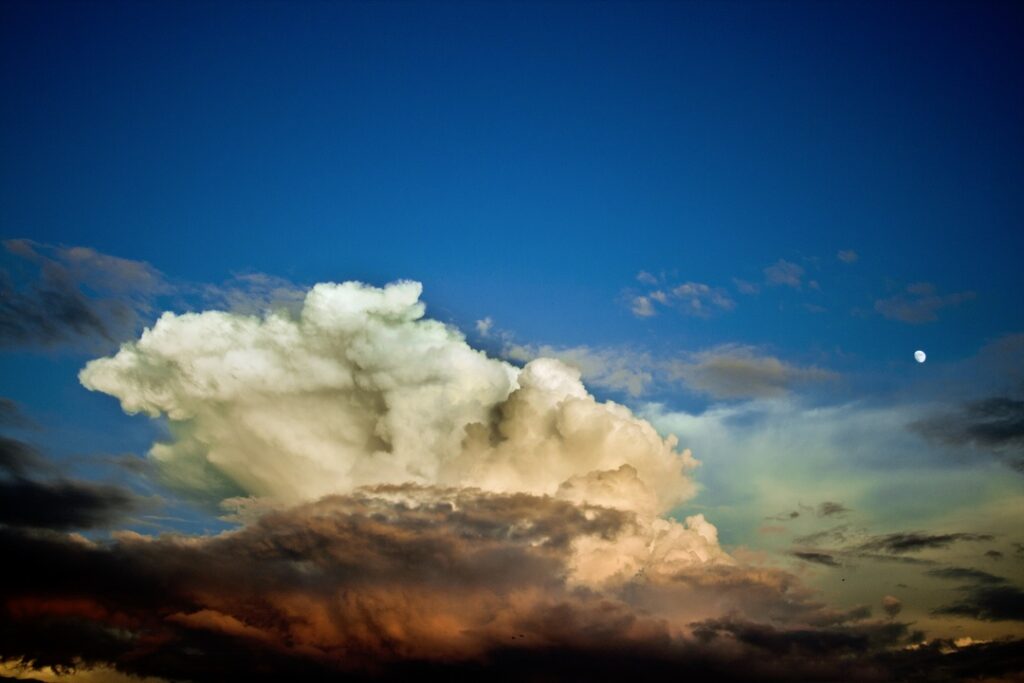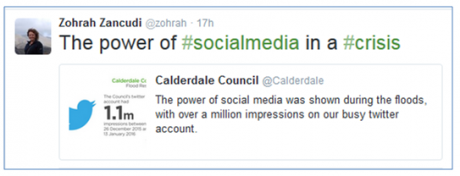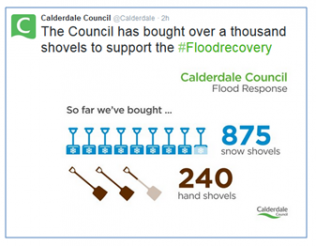How are councils making use of social media?
22 January 2016 By Northern Lights

 For local authorities, Government departments, councils and metropolitan boroughs, using social media can be a major headache. With hundreds of different departments, a multitude of agendas, a diverse range of stakeholders and events ranging from small meetings to major catastrophes, creating an effective and engaging social media community can be a significant challenge.
For local authorities, Government departments, councils and metropolitan boroughs, using social media can be a major headache. With hundreds of different departments, a multitude of agendas, a diverse range of stakeholders and events ranging from small meetings to major catastrophes, creating an effective and engaging social media community can be a significant challenge.
While managing and monitoring multiple accounts across a swathe of platforms, councils must maintain a common voice and support teams that range from overly-enthusiastic about social media to bloody-minded resistance.
The result is that, while most have a presence, many councils opt to tackle the bare minimum and simply post their printed content to social media and do little to engage their communities. However, when councils invest time in creating a social media profile that is engaging and a valuable resource, the benefits can be massive.
Social media helping councils make savings
I’ve had the privilege of working with a number of councils and Government organisations on their social media strategies and managing their online presence in recent months and have been hugely impressed by their appetite for creating new ways to engage with the electorate.
A BDO report from 18 months ago showed social media is transforming the way councils communicate and is increasingly being used by customer service teams. The report found social media was freeing up time for other tasks, with 63% of councils producing less paper leaflets and 40% seeing a drop in the need to telephone customers.
Since the report was published, I’m convinced those numbers have continued to rise as more councils begin to see the benefits of using social media.
Councils using social media for crisis communications
Those benefits are perhaps best seen in the wake of the Boxing Day floods that ravaged the north of England and Scotland. Council social media channels instantly became a vital resource for everyone affected by the deluge and have remained an important resource in the weeks that have followed.
 From providing live updates on rising water levels, rescue operations and refuge centres to then delivering support and resources for the clean-up operation, these channels have been critical in ensuring each region can bounce back from the floods.
From providing live updates on rising water levels, rescue operations and refuge centres to then delivering support and resources for the clean-up operation, these channels have been critical in ensuring each region can bounce back from the floods.
More importantly, they’ve helped to position the councils at the heart of the crisis and demonstrate how hard they have worked to support residents, secure funding and emergency relief and also lobby decision makers to prevent future catastrophes.
The power of social media for councils
One great example is Calderdale Council. The borough was again hit particularly hard by flood waters, but the council team responded quickly and made sure their social media channels were a reliable and trusted source of information throughout the crisis.
At this point I should say that I have worked with Calderdale Council to help shape their social media strategy and engagement plans, but have been blown away by their response during the floods.
 Head of Customer Service and Communications, Zohrah Zanduci, hailed the power of social media and revealed the council’s main Twitter feed had more than one million impressions during the floods.
Head of Customer Service and Communications, Zohrah Zanduci, hailed the power of social media and revealed the council’s main Twitter feed had more than one million impressions during the floods.
Throughout the crisis, the council utilised all of its social media feeds to deliver updates on floods, provide advice and guidance for residents, show critical information w ith infographics, help with the clean-up operation and also help raise more than £1m from the public for flood victims – and then show where it is being spent.
ith infographics, help with the clean-up operation and also help raise more than £1m from the public for flood victims – and then show where it is being spent.
More importantly, they also closely monitored social media and actively engaged with any debates or comments being posted by groups and individuals outside of the council. By joining these discussions and providing instant responses, the council helped to shape the debate and demonstrate it was listening to concerns and then acting on them.
So, how are councils using social media?
It’s important to remember that social media is something that can and should be used by councils throughout the year and not just at times of crisis. As always, engagement is key. Social media accounts that simply promote initiatives and fail to ask questions or actively respond don’t interest users.
Social media communities want two-way dialogue and want to know they are being heard and understood. It’s the most-used format for making complaints, but is also hugely powerful for helping to transform perceptions when councils respond and act.
There are some great examples of how social media is helping to transform the way councils communicate and make savings by driving through new efficiencies. Many now use social media to answer frequently asked questions or to provide answers to key issues – massively freeing up time for customer service teams.
Others, like Leeds City Council chief executive Tom Riordan, use social media to get access to the people in power. He uses Twitter to talk to the decision makers in Westminster, speak out on key issues and influence policy.
The West Yorkshire Combined Authority and Wakefield Council are bringing transparency to their decision making by live broadcasting meetings on new tools like Periscope.
 The Leeds City Region Local Enterprise Partnership, UKTI and several councils are using blogs and other pieces of online content to position their leaders, demonstrate the value of services, attract investment and put themselves on the international stage.
The Leeds City Region Local Enterprise Partnership, UKTI and several councils are using blogs and other pieces of online content to position their leaders, demonstrate the value of services, attract investment and put themselves on the international stage.
Most importantly, a number of councils are now directly targeting social media communities to seek feedback, consult on proposals and make sure the end users are getting a direct say in the decisions that will affect them.
Social media is constantly evolving, but each new generation allows councils to engage far more effectively than ever before. While it will continue to pose challenges, the benefits of social media to the councils who embrace it are far greater.
